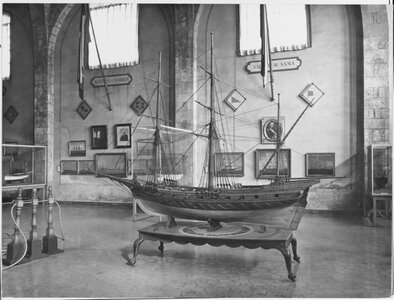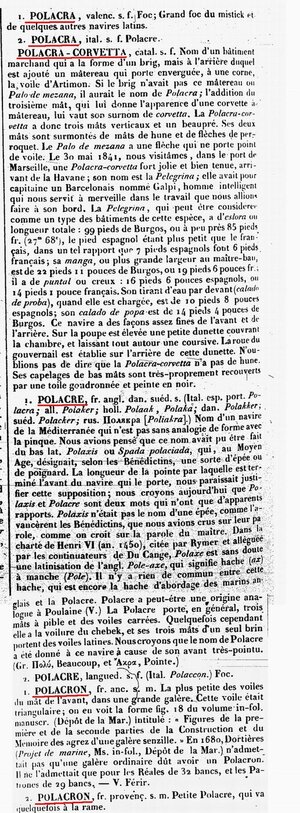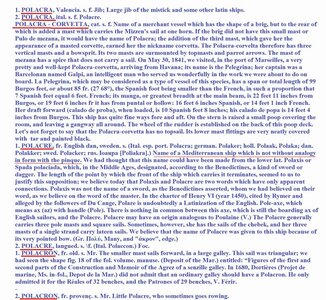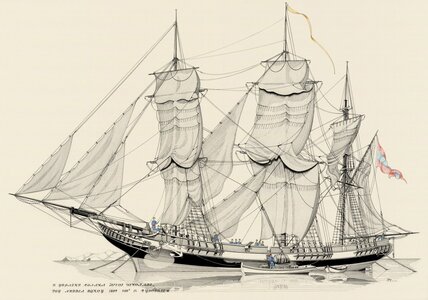I see no preventer sling to buttress the main yard tye/jeers on the Mystique original plan and 22 Gun Chebec in Souvenir de Marine though I could easily miss it since the view is of the wrong side. I am wondering if this is a general rule for polacres (and if so the precise reason). The topsail and top gallant yards had no horses since they were lowered for rigging. The fore yard and main yard typically had footropes/horses and so would not need to be lowered for rigging and could therefore benefit from a static preventer sling. Unless the idea is to be able to drop all the yards .... or lighten the ship.
Souvenir de Marine shows buntlines but not leach lines for polacres. Also wondering if that is a general rule for Polacres and why. I cannot say it is because you can lower the yards to remove sail volume because the main yard would, based on existing paintings, likely be left in place.
Above comment on leachline/buntline is consistent with Marquardt's polacre drawings (pp. 148-148). Two Antoine Roux paintings of Greek Polacres show neither. Incidentally, if anyone has any plans even close to the two Greek polacres below, please link to me! I want to draw plans for them some day, they are so beautiful!
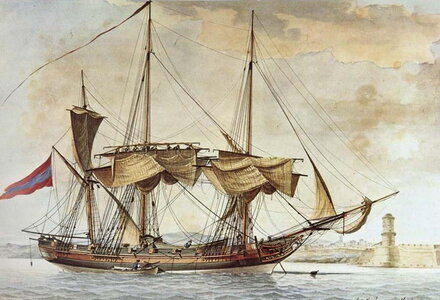
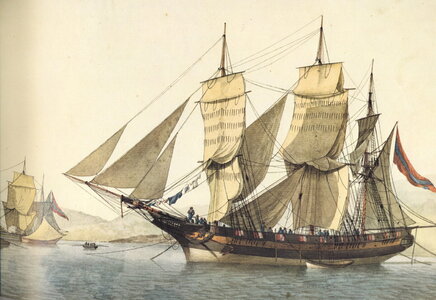
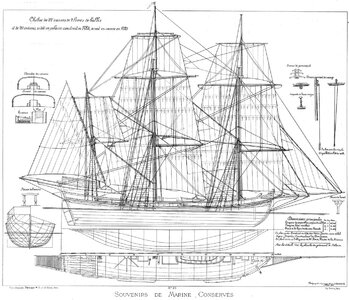

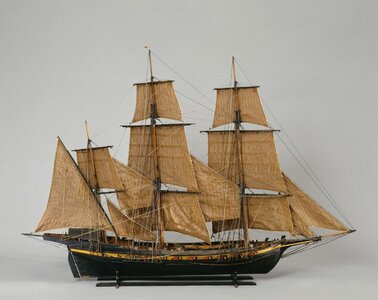
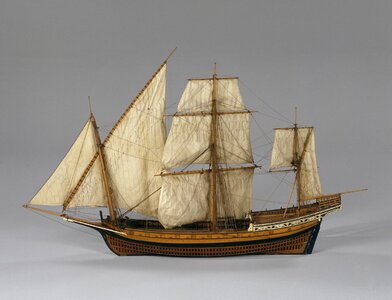
Souvenir de Marine shows buntlines but not leach lines for polacres. Also wondering if that is a general rule for Polacres and why. I cannot say it is because you can lower the yards to remove sail volume because the main yard would, based on existing paintings, likely be left in place.
Above comment on leachline/buntline is consistent with Marquardt's polacre drawings (pp. 148-148). Two Antoine Roux paintings of Greek Polacres show neither. Incidentally, if anyone has any plans even close to the two Greek polacres below, please link to me! I want to draw plans for them some day, they are so beautiful!






Last edited:


